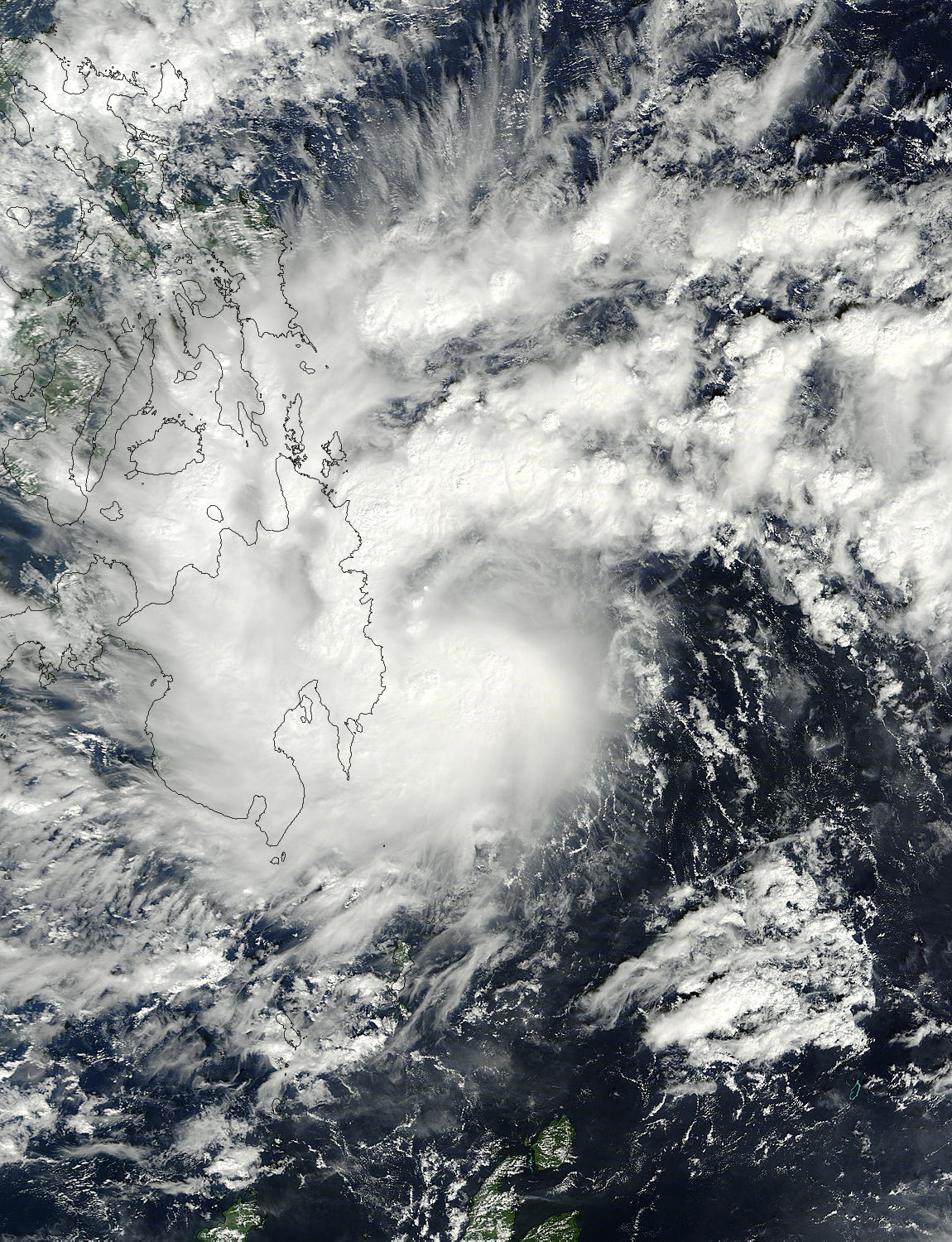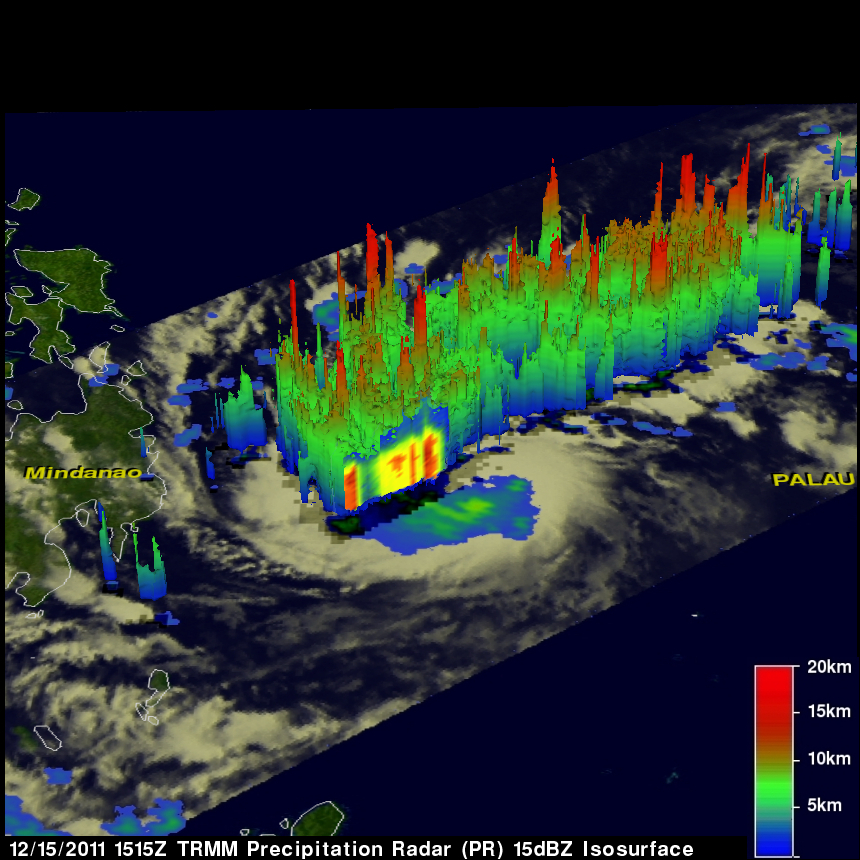NASA Satellites Spied Deadly Philippines Storm Washi

Tropical Storm Washi swamped the Philippines with torrential rain this weekend, causing flash floods that killed hundreds and have left hundreds more missing. NASA satellites detected and imaged the heavy rainfall before the storm came ashore.

Early Dec. 15, when NASA's Tropical Rainfall Measuring Mission (TRMM) satellite passed over the storm, it detected an area of heavy rainfall in the southwest portion of the storm. By the time the satellite circled back later that day, the heavy rainfall had become more widespread.
TRMM detected rain falling at rates of 2 inches (50 mm) per hour in the east, north and western quadrants of the storm. The rainfall analysis showed that Washi was much better organized than in previous days, with bands of thunderstorms spiraling into the center of the storm.
The typhoon dumped a month's worth of rain in just 12 hours, according to The Los Angeles Times.
TRMM data can be used to create flat, top-down images of storms, which use color coding to show areas of high rainfall. It can also be used to create 3D profiles of storms that show the heights of heavy thunderstorms. In Washi, the tallest thunderstorms reached heights of over-9 miles (15 km).

On Dec. 16, NASA's Terra satellite flew over Washi as the storm was already over Mindanao in the southern Philippines. Mindanao is the second-largest and easternmost island of the Philippines.
Mindanao was one of the hardest-hit parts of the country as the torrential rains created flash floods that washed away houses and people.
Get the Space.com Newsletter
Breaking space news, the latest updates on rocket launches, skywatching events and more!
Illegal logging and mining contributed to the damage, the LA Times quoted officials as saying, because it leaves soil more susceptible to being washed away by rains.
This story was provided by OurAmazingPlanet, a sister site to SPACE.com.
Join our Space Forums to keep talking space on the latest missions, night sky and more! And if you have a news tip, correction or comment, let us know at: community@space.com.
For the science geek in everyone, Live Science breaks down the stories behind the most interesting news and photos on the Internet, while also digging up fascinating discoveries that hit on a broad range of fields, from dinosaurs and archaeology to wacky physics and astronomy to health and human behavior. If you want to learn something interesting every day, Live Science is the place for you.

